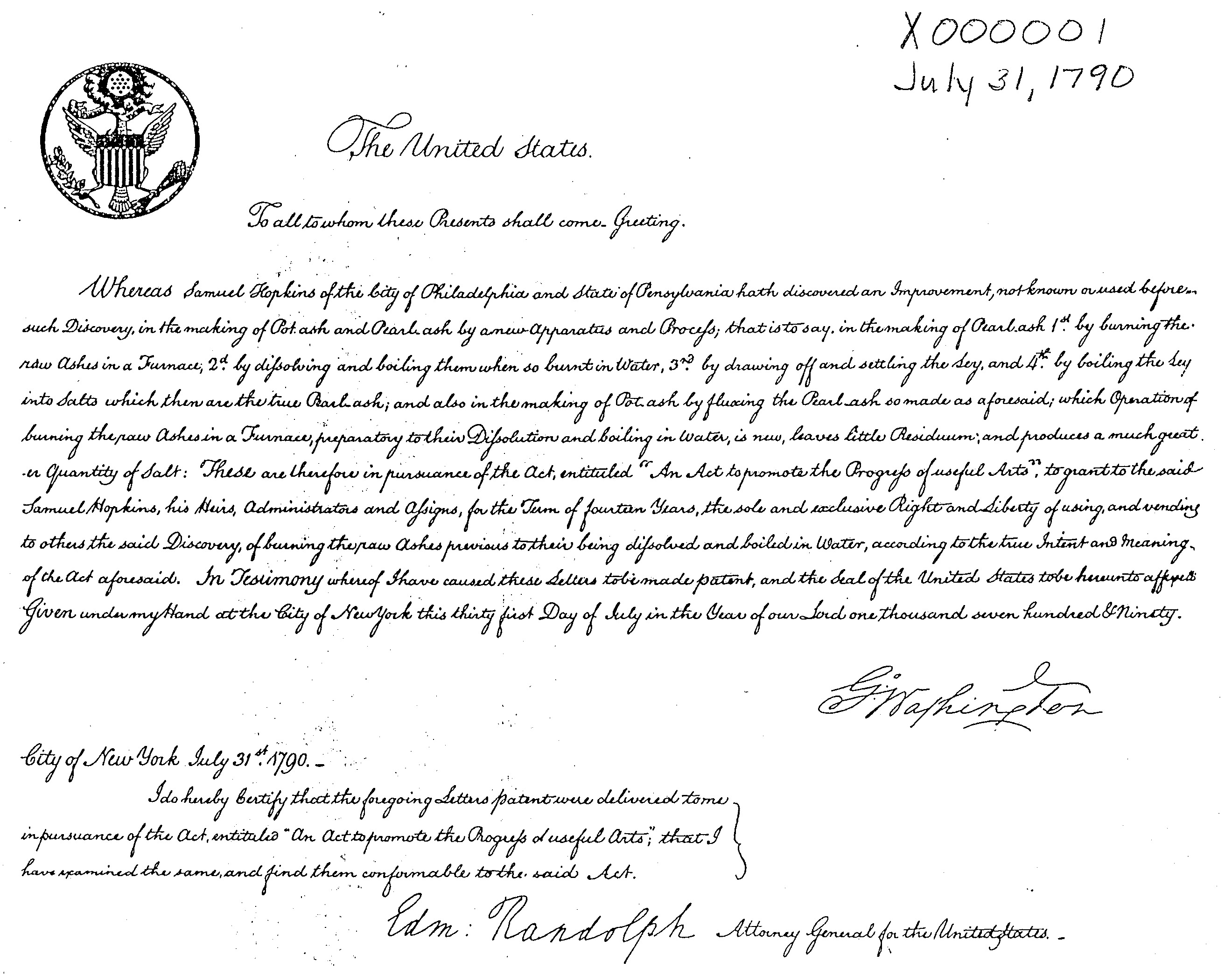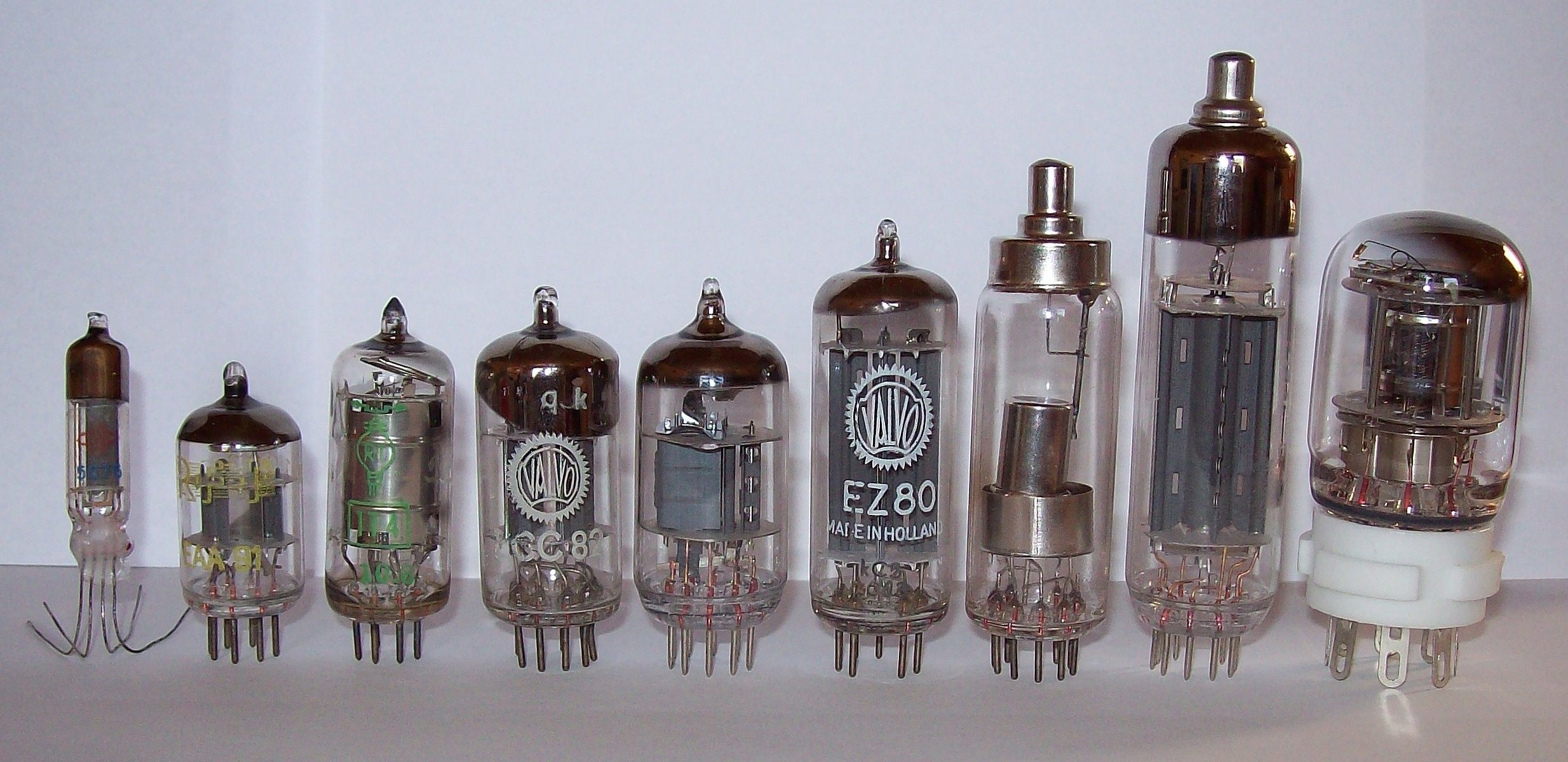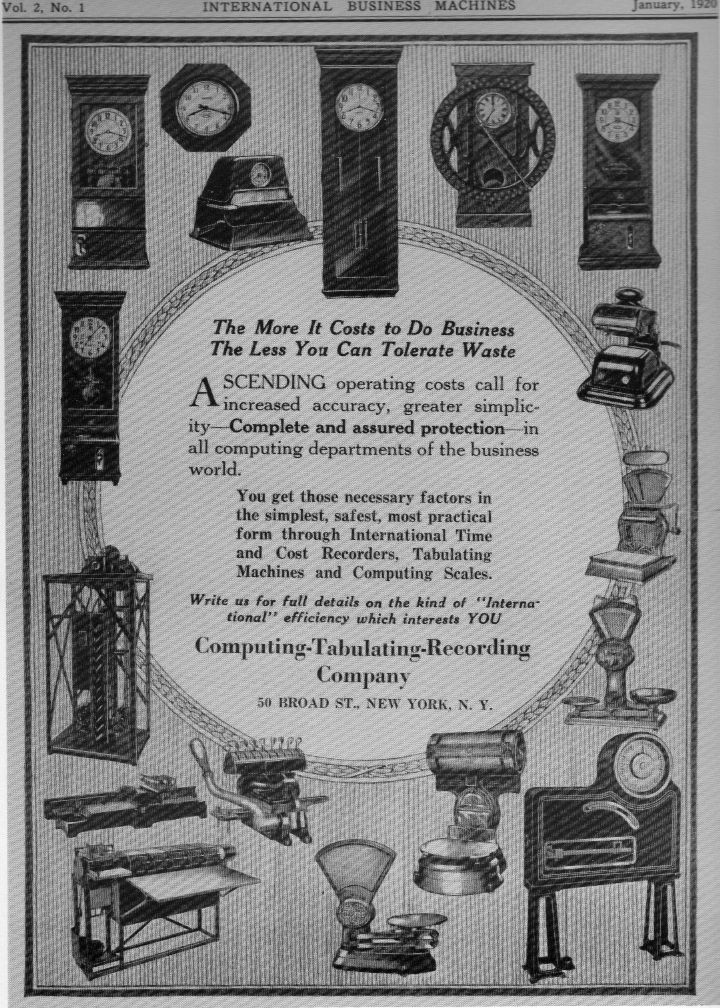|
James W. Bryce
James Wares Bryce (1880 – 1949) was an American engineer and inventor. In 1936, on the centenary of the United States Patent Office, he was honored as one of the country’s 10 greatest living inventors.Cohen, I. Bernard (Spring 1999)Father of the computer age. ''Invention & Technology'', Volume 14, Issue 4 Born in New York City on September 5, 1880, his father was from Edinburgh and mother was from Wick. He studied for three years at City College of New York before taking a draftsman position in 1900. In 1903 he worked for J. Walter Christie and helped develop a front-wheel-drive racing car. In 1904 he went to work for H. T. Goss, who later formed the partnership of Goss & Bryce. One of their contracts was with Bundy Manufacturing Company who made time clocks used to track hours worked by industrial workers. He took a position at the Computing-Tabulating-Recording Company (later known as IBM) in 1917 as supervising engineer of the division that developed time recording mach ... [...More Info...] [...Related Items...] OR: [Wikipedia] [Google] [Baidu] |
United States Patent Office
The United States Patent and Trademark Office (USPTO) is an agency in the U.S. Department of Commerce that serves as the national patent office and trademark registration authority for the United States. The USPTO's headquarters are in Alexandria, Virginia, after a 2005 move from the Crystal City area of neighboring Arlington, Virginia. The USPTO is "unique among federal agencies because it operates solely on fees collected by its users, and not on taxpayer dollars". Its "operating structure is like a business in that it receives requests for services—applications for patents and trademark registrations—and charges fees projected to cover the cost of performing the services tprovide . The office is headed by the under secretary of commerce for intellectual property and director of the United States Patent and Trademark Office. , Coke Morgan Stewart is acting undersecretary and director, having been appointed to the position by President Trump on January 20. The U ... [...More Info...] [...Related Items...] OR: [Wikipedia] [Google] [Baidu] |
Howard Aiken
Howard Hathaway Aiken (March 8, 1900 – March 14, 1973) was an American physicist and a list of pioneers in computer science, pioneer in computing. He was the original conceptual designer behind IBM's Harvard Mark I, the United States' first Computer program, programmable computer. Biography Aiken was born on 8 March 1900, in Hoboken, New Jersey, to Daniel Aiken, who came from a wealthy and established Indiana family, and Margaret Emily Mierisch, whose parents were Germans, German immigrants. He grew up in Indianapolis where he graduated from Arsenal Technical High School in 1919. Aiken studied at the University of Wisconsin–Madison where he received his B.S. in electrical engineering in 1923. He later obtained his M.A. and Ph.D. degrees in physics from Harvard University in 1937 and 1939, respectively. During this time, he encountered differential equations that he could only solve numerically. Inspired by Charles Babbage's difference engine, he envisioned an electro-mecha ... [...More Info...] [...Related Items...] OR: [Wikipedia] [Google] [Baidu] |
1880 Births
Events January *January 27 – Thomas Edison is granted a patent for the incandescent light bulb. Edison filed for a US patent for an electric lamp using "a carbon filament or strip coiled and connected ... to platina contact wires." granted 27 January 1880 Although the patent described several ways of creating the carbon filament ,including using "cotton and linen thread, wood splints, papers coiled in various ways," Edison and his team later discovered that a carbonized bamboo filament could last more than 1200 hours. * January **The international White slave trade affair scandal in Brussels is exposed and attracts international infamy. **The Gokstad ship is found in Norway, the first Viking ship burial to be excavated. February * February 2 ** The first electric streetlight is installed in Wabash, Indiana. ** The first successful shipment of frozen mutton from Australia arrives in London, aboard the SS ''Strathleven''. * February 4 – The Black Donnelly Massa ... [...More Info...] [...Related Items...] OR: [Wikipedia] [Google] [Baidu] |
IBM SSEC
The IBM Selective Sequence Electronic Calculator (SSEC) was an electromechanical computer built by IBM. Its design was started in late 1944 and it operated from January 1948 to August 1952. It had many of the features of a stored-program computer, and was the first operational machine able to treat its instructions as data, but it was not fully electronic. Although the SSEC proved useful for several high-profile applications, it soon became obsolete. As the last large electromechanical computer ever built, its greatest success was the publicity it provided for IBM. History During World War II, International Business Machines Corporation (IBM) funded and built an Automatic Sequence Controlled Calculator (ASCC) for Howard H. Aiken at Harvard University. The machine, formally dedicated in August 1944, was widely known as the Harvard Mark I. The President of IBM, Thomas J. Watson Sr., did not like Aiken's press release that gave no credit to IBM for its funding and engineering effo ... [...More Info...] [...Related Items...] OR: [Wikipedia] [Google] [Baidu] |
Arithmetic Logic Unit
In computing, an arithmetic logic unit (ALU) is a Combinational logic, combinational digital circuit that performs arithmetic and bitwise operations on integer binary numbers. This is in contrast to a floating-point unit (FPU), which operates on floating point numbers. It is a fundamental building block of many types of computing circuits, including the central processing unit (CPU) of computers, FPUs, and graphics processing units (GPUs). The inputs to an ALU are the data to be operated on, called operands, and a code indicating the operation to be performed (opcode); the ALU's output is the result of the performed operation. In many designs, the ALU also has status inputs or outputs, or both, which convey information about a previous operation or the current operation, respectively, between the ALU and external status registers. Signals An ALU has a variety of input and output net (electronics), nets, which are the electrical conductors used to convey Digital signal (electroni ... [...More Info...] [...Related Items...] OR: [Wikipedia] [Google] [Baidu] |
IBM 603
The IBM 603 Electronic Multiplier was the first mass-produced commercial electronic calculating device; it used full-size vacuum tubes to perform multiplication and addition.IBM 603 The First Commercial Electronic Calculator IBM History, accessed September 21, 2020] (The earlier IBM 601 and released in the same year IBM 602 used relay logic.) The IBM 603 was adapted as the arithmetic unit in the [...More Info...] [...Related Items...] OR: [Wikipedia] [Google] [Baidu] |
Vacuum Tube
A vacuum tube, electron tube, thermionic valve (British usage), or tube (North America) is a device that controls electric current flow in a high vacuum between electrodes to which an electric voltage, potential difference has been applied. It takes the form of an evacuated tubular envelope of glass or sometimes metal containing electrodes connected to external connection pins. The type known as a thermionic tube or thermionic valve utilizes thermionic emission of electrons from a hot cathode for fundamental Electronics, electronic functions such as signal amplifier, amplification and current Rectifier, rectification. Non-thermionic types such as vacuum phototubes achieve electron emission through the photoelectric effect, and are used for such purposes as the detection of light and measurement of its intensity. In both types the electrons are accelerated from the cathode to the anode by the electric field in the tube. The first, and simplest, vacuum tube, the diode or Flem ... [...More Info...] [...Related Items...] OR: [Wikipedia] [Google] [Baidu] |
Harvard Mark I
The Harvard Mark I, or IBM Automatic Sequence Controlled Calculator (ASCC), was one of the earliest general-purpose electromechanical computers used in the war effort during the last part of World War II. One of the first programs to run on the Mark I was initiated on 29 March 1944 by John von Neumann. At that time, von Neumann was working on the Manhattan Project, and needed to determine whether implosion was a viable choice to detonate the atomic bomb that would be used a year later. The Mark I also computed and printed mathematical tables, which had been the initial goal of British inventor Charles Babbage for his analytical engine in 1837. According to Edmund Berkeley, the operators of the Mark I often called the machine "Bessy, the Bessel engine", after Bessel functions. The Mark I was disassembled in 1959; part of it was given to IBM, part went to the Smithsonian Institution, and part entered the Harvard Collection of Historical Scientific Instruments. For decades, H ... [...More Info...] [...Related Items...] OR: [Wikipedia] [Google] [Baidu] |
Harvard University
Harvard University is a Private university, private Ivy League research university in Cambridge, Massachusetts, United States. Founded in 1636 and named for its first benefactor, the History of the Puritans in North America, Puritan clergyman John Harvard (clergyman), John Harvard, it is the oldest institution of higher learning in the United States. Its influence, wealth, and rankings have made it one of the most prestigious universities in the world. Harvard was founded and authorized by the Massachusetts General Court, the governing legislature of Colonial history of the United States, colonial-era Massachusetts Bay Colony. While never formally affiliated with any Religious denomination, denomination, Harvard trained Congregationalism in the United States, Congregational clergy until its curriculum and student body were gradually secularized in the 18th century. By the 19th century, Harvard emerged as the most prominent academic and cultural institution among the Boston B ... [...More Info...] [...Related Items...] OR: [Wikipedia] [Google] [Baidu] |
Relay
A relay Electromechanical relay schematic showing a control coil, four pairs of normally open and one pair of normally closed contacts An automotive-style miniature relay with the dust cover taken off A relay is an electrically operated switch. It has a set of input terminals for one or more control signals, and a set of operating contact terminals. The switch may have any number of contacts in multiple contact forms, such as make contacts, break contacts, or combinations thereof. Relays are used to control a circuit by an independent low-power signal and to control several circuits by one signal. They were first used in long-distance telegraph circuits as signal repeaters that transmit a refreshed copy of the incoming signal onto another circuit. Relays were used extensively in telephone exchanges and early computers to perform logical operations. The traditional electromechanical relay uses an electromagnet to close or open the contacts, but relays using other operati ... [...More Info...] [...Related Items...] OR: [Wikipedia] [Google] [Baidu] |
New York City
New York, often called New York City (NYC), is the most populous city in the United States, located at the southern tip of New York State on one of the world's largest natural harbors. The city comprises five boroughs, each coextensive with a respective county. The city is the geographical and demographic center of both the Northeast megalopolis and the New York metropolitan area, the largest metropolitan area in the United States by both population and urban area. New York is a global center of finance and commerce, culture, technology, entertainment and media, academics, and scientific output, the arts and fashion, and, as home to the headquarters of the United Nations, international diplomacy. With an estimated population in 2024 of 8,478,072 distributed over , the city is the most densely populated major city in the United States. New York City has more than double the population of Los Angeles, the nation's second-most populous city. [...More Info...] [...Related Items...] OR: [Wikipedia] [Google] [Baidu] |
Computing-Tabulating-Recording Company
The Computing-Tabulating-Recording Company (CTR) was a holding company of manufacturers of record-keeping and measuring systems; it was subsequently known as IBM. In 1911, the financier and noted trust organizer Charles R. Flint, called the "Father of Trusts", amalgamated (via stock acquisition) four companies: Bundy Manufacturing Company, International Time Recording Company, the Tabulating Machine Company, and the Computing Scale Company of America; creating a fifth company – the Computing-Tabulating-Recording Company. CTR was initially located in Endicott, New York. The amalgamated companies had 1,300 employees and manufactured a wide range of products, including employee time-keeping systems, weighing scales, automatic meat slicers, and punched card equipment. CTR was renamed the International Business Machines Corporation (IBM) in 1924. [...More Info...] [...Related Items...] OR: [Wikipedia] [Google] [Baidu] |









